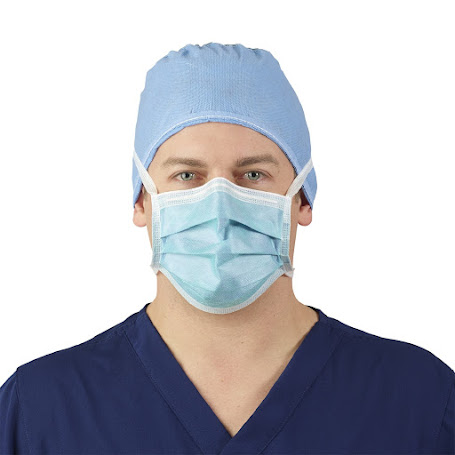How To Wear A Bouffant Surgical Cap

The Working Room Dressing Guidelines were provided by the Relationship of Perioperative Nursing (AORN). The recommendations were to cover the scalp, ears, and hairs on the head to prevent hair loss. A separate Article by (AORN) stated that a person should not wear dispensable bouffant caps, except for a head covering. The rules also stated that medical suppliers should cover their arms with long sleeves before entering an activity room. The activity room supervisor in the United States enforced the bouffant-cap guidelines and ordered the removal of bouffant scour cover from the storage eliminates. In addition, individual skullcaps made with fabric were not allowed, and coats were prohibited from being worn in the activity rooms.
The staff at the clinic is disappointed. There was no evidence to support the sudden guidelines. However, an examination revealed that hair loss could cause serious infection and resulted in the unexpected execution of guidance, for fast execution, of the need for careful dressing guidelines.
Skullcap Vs Bouffant
Anyone who works in the medical field will be familiar with careful headgear. The careful headgear is usually made up of two parts: the skullcap and the bouffant. Although they look almost identical, the skullcap and bouffant have minor differences and benefits.
The bouffant cap is loose-fitting and baggy. Expert clinical specialists don't like wearing a bouffant hat. Some experts say that you can use either a skullcap or bouffant cover with catches. It is up to you. It would help if you guaranteed the bouffant disposable cap that any cap you utilize should fit tight to your head. Because of its tight-fitting, some medical specialists prefer skullcap and dislike the bouffant cap that continues on the head. You need to know how to wear a bouffant hat. Here's how to do it.
Place the band of your dispensable bouffant caps on your temple.
Place the bouffant section of the lid on your top and pull your hair into the pocket.
For the bouffant look, tie a bow around the neck with the two ties. Or place the ties over the cap's pocket bit for a slimmer look. Place the Poppy cap at the top of your ears. Fold any hairs upwards.
While treating COVID patients, why not wear a bouffant hat?
Bouffant caps are different from hairnets. The hairnets are made from nylon mesh or polyester mesh material. They are meant to be stretched over the head and smoothen the hair. However, if you examine one carefully, you will see a webbing effect. Bouffant caps are made of a single layer of fabric without apertures. Webbing can have openings or apertures that could allow hair to pass through. Therefore, a hairnet can be camouflaged when worn, whereas a bouffant head cap is more visible. This makes it easier for guests to visit the plant and see how they feel.
Bouffant covers come in a variety of fabrics and colors. They are also available in various sizes, such as 18-inch to 21-inch, 24-inch, 28-inch, or 24-inch. This is great for those with big hair. In addition, each head cap has a latex-free elastic band that holds the Penguinhealth in place while keeping hair tucked in.
Human hair is the last thing a consumer wants to see in their food or pharmaceutical products. This is why it is crucial for businesses that manufacture or package consumer food products or pharmaceuticals and assemble electronic devices or treat patients.
Hospitals must keep wounds clean, and factories cannot afford product recalls or production shutdowns due to human contamination. So many companies seek relief by using disposable bouffant hair caps for their workers. They are lightweight and easy to wear and offer protection against product contamination. Bouffant caps, also known as hair caps, keep hair from getting in the way of workers' eyes. This increases productivity.


Comments
Post a Comment